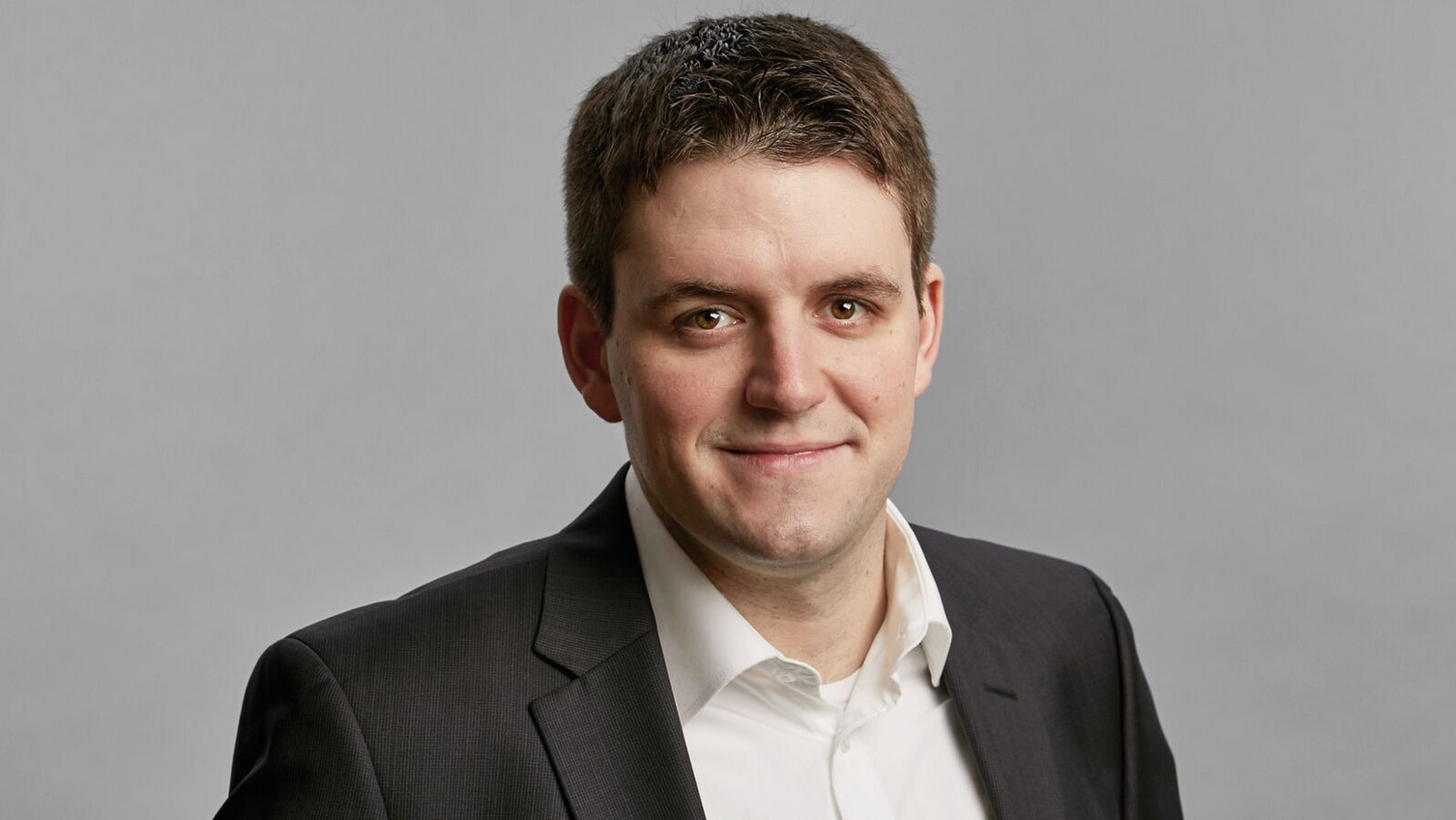Laser Shock Peening: Structural Improvement by means of High-Power Light Pulses
2022-01-25 Prof. Dr.-Ing. Benjamin Klusemann is working on two research projects with the state-of-the-art laser shock peening process: As part of a DFG project, the engineer seeks to better understand the properties of additively manufactured aluminium workpieces that have been post-processed with laser peening. In addition, he is working with cooperation partners as part of a BmWi-funded project to automate the process with the help of experiments, simulation and AI approaches.
For a long time now, not only plastics, but also metal workpieces have been produced using 3D printing, or more precisely additive manufacturing, by successively adding material layer by layer. This offers some advantages over subtractive processes, in which material is removed from a piece of metal to achieve a specific shape, for example by milling, turning or drilling. Additive manufacturing can efficiently produce custom prototypes, for example, and it also produces less waste compared to subtractive processes. Metal 3D printing can also be carried out by existing machines, such as laser beam welding systems. The process is constantly being refined so that new alloys can also be applied. "But knowledge about the influence of microstructure and residual stress on the fatigue behaviour of additively manufactured components is still limited," says Benjamin Klusemann, Professor of Local Engineering, especially Process Simulation, and holder of a shared professorship with the Helmholtz Centre Hereon. With his new research project "Experimental and numerical investigation of the fatigue crack propagation behaviour of residual stress modified additively manufactured aluminium specimens", he seeks to understand how laser shock peening affects the microstructure and residual stress of a component that has been additively manufactured. Laser shock peening is a state-of-the-art and efficient surface processing technique for creating tailored residual stress states in components. A short high-energy laser pulse generates plasma that briefly exerts high pressure on the surface of the component. This generates residual compressive stresses close to the surface, which make it possible to increase the fatigue behaviour, i.e. the service life of the components, or to reshape thin-walled components.
For this research work in the DFG project, aluminium samples will first be produced using a very high-energy additive process called wire-based laser cladding. "With laser shock peening, we deliberately introduce residual compressive stress into the material in order to slow down the propagation of a possible crack. This can increase the service life of components," explains Benjamin Klusemann. The engineer chooses a combined approach of experiment and simulation to better understand the influences of laser shock peening. First, the material properties of the additively manufactured samples are examined before and after treatment with laser shock peening in the laboratory. In addition, Benjamin Klusemann investigates the physical mechanisms in the processes with the help of numerical process simulations along the entire process chain. The experiments are carried out in the laboratories of the Laser Material Processing and Structure Evaluation Department of the Helmholtz Centre Hereon in Geesthacht. "Hence, I would like to extend special thanks to my colleagues at Hereon, without whom I would not be able to carry out this research," says Benjamin Klusemann.
The project started at the beginning of December and is funded by the DFG with close to 300,000 Euros. The engineer also works in another project with laser shock peening. The "PEENCOR" project started in mid-2020. In the application-oriented joint project with partners ZAL GmbH, FormTech GmbH and the Helmholtz Centre Hereon, a high-energy pulsed laser is used to autonomously form and level curved aircraft components made of titanium. Forming by means of laser shock peening is called laser peen forming. "If undesired deformations occur during production, the component does not necessarily have to be sorted out, but the deviations can be specifically corrected thanks to laser peen forming," explains Benjamin Klusemann. With the help of experiments, simulation and AI approaches, process sequences are to be improved and automated.
The PEENCOR project is funded with almost 240,000 Euros at Leuphana by the Federal Ministry for Economic Affairs and Energy (BMWi) as part of the LuFo VI-1 programme.

